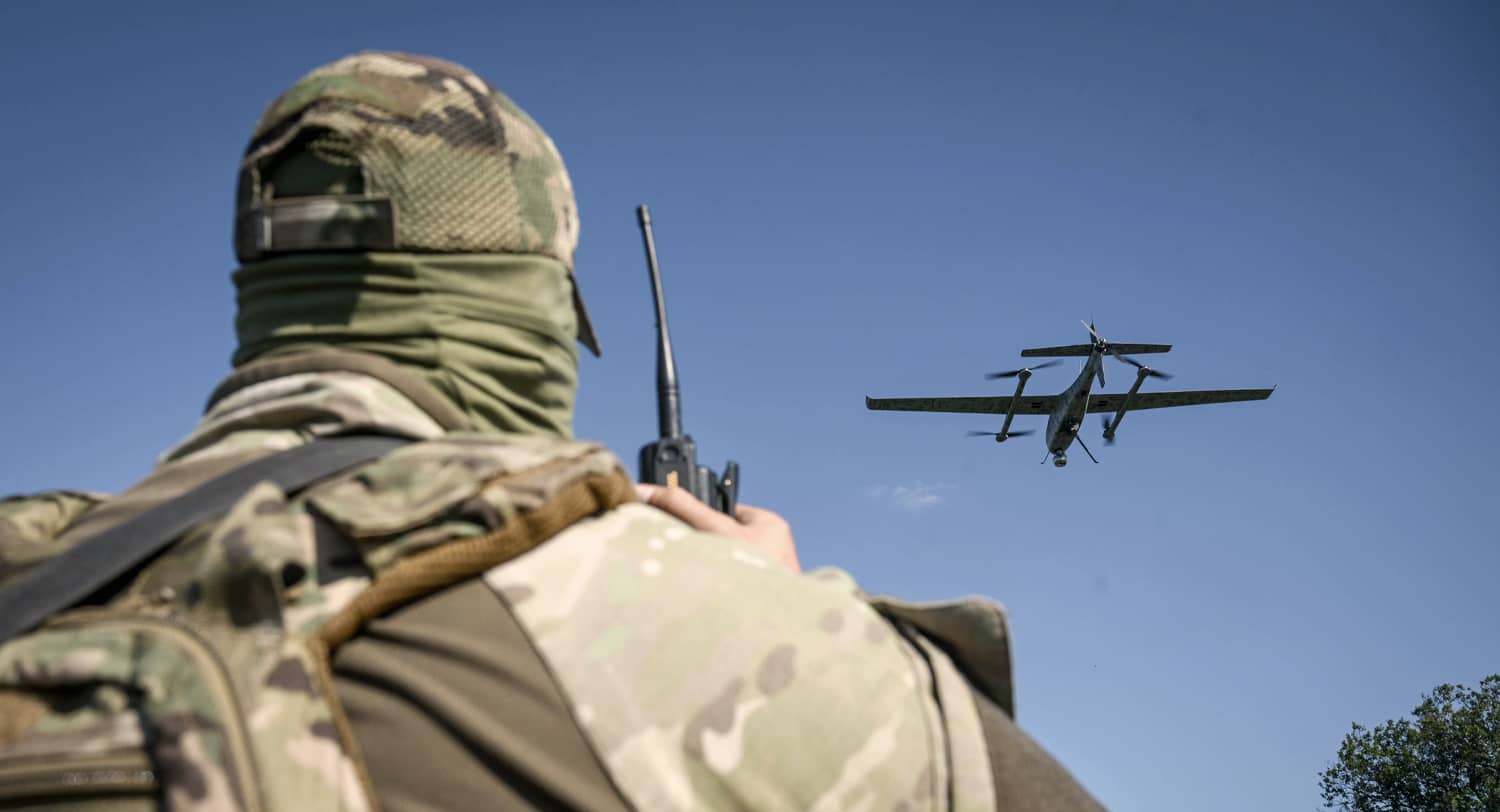Key Takeaways
- Ukraine seeks essential funding for its defense-tech sector amid ongoing conflict with Russia.
- Outdated financing rules hinder support for technologies bridging military and civilian markets.
- Increased investment in dual-use technologies can strengthen Ukraine’s defense and allied supply chains.
Focus on Ukraine’s Defense-Tech Sector
At the Ukraine Recovery Conference in Rome, attention turned to the burgeoning defense-technology sector in Ukraine. As the conflict with Russia continues into its fourth year, domestic firms are urgently seeking both public and private funding to bridge gaps in allied arms deliveries and secure long-term recovery.
A critical examination of established prohibitions against financing defense in multilateral institutions is necessary. Many technologies now serve dual purposes, blurring the lines between military and civilian applications. Ukraine’s economy, traditionally supported by its manufacturing, IT talent, and agricultural sectors, is poised to integrate new industries, notably defense technology, critical minerals, and the creative arts. Here, drones emerge as an area of immediate need, as innovations in defense outpace available capital for scaling.
Ukrainian engineers have become leaders in drone warfare, artificial intelligence, and cybersecurity. In 2023, Kyiv launched the Brave1 platform, providing a digital marketplace for developers, manufacturers, investors, and the armed forces to expedite the availability of battlefield-ready technologies. Brave1 hosts over 1,500 companies producing advanced technologies, yet they struggle to secure adequate funding.
Existing frameworks from the OECD and various development finance institutions limit investments in defense-related projects. This outdated stance must be revisited, particularly as the U.S. International Development Finance Corporation prepares for reauthorization. The need for backing is pressing; Ukraine’s defense ministry can only finance a third of domestic industry output, leaving many firms without the necessary capital and foreign partnerships.
Some nations are beginning to respond. Denmark has allocated $157 million for financing Ukrainian-made weapons, while Canada has contributed $140 million to this initiative. Nineteen EU member states have urged the European Investment Bank to permit defense funding, leading to a relaxation of rules for dual-use projects.
To sustain this momentum, several steps are vital:
1. The OECD should amend its prohibition on development finance for dual-use technology.
2. The U.S. should advocate for lifting the “no-defense” clause in its policies.
3. Allied governments need to allow their development finance institutions to support defense technology ventures.
Investing in Ukraine’s defense-tech sector offers substantial commercial potential. In the first half of 2025 alone, Ukrainian startups attracted over $20 million in foreign funding. Past efforts, like the Marshall Plan post-World War II, illustrate the importance of industrial support for national security.
With winter approaching, the urgency for action is paramount. Upcoming meetings of Western development finance institutions present an opportunity to create a “Ukraine Defense Exception,” enabling critical investment in dual-use innovators. Such actions can help Ukraine secure necessary capital and bolster allied arsenals while moving toward a durable peace.
The content above is a summary. For more details, see the source article.















